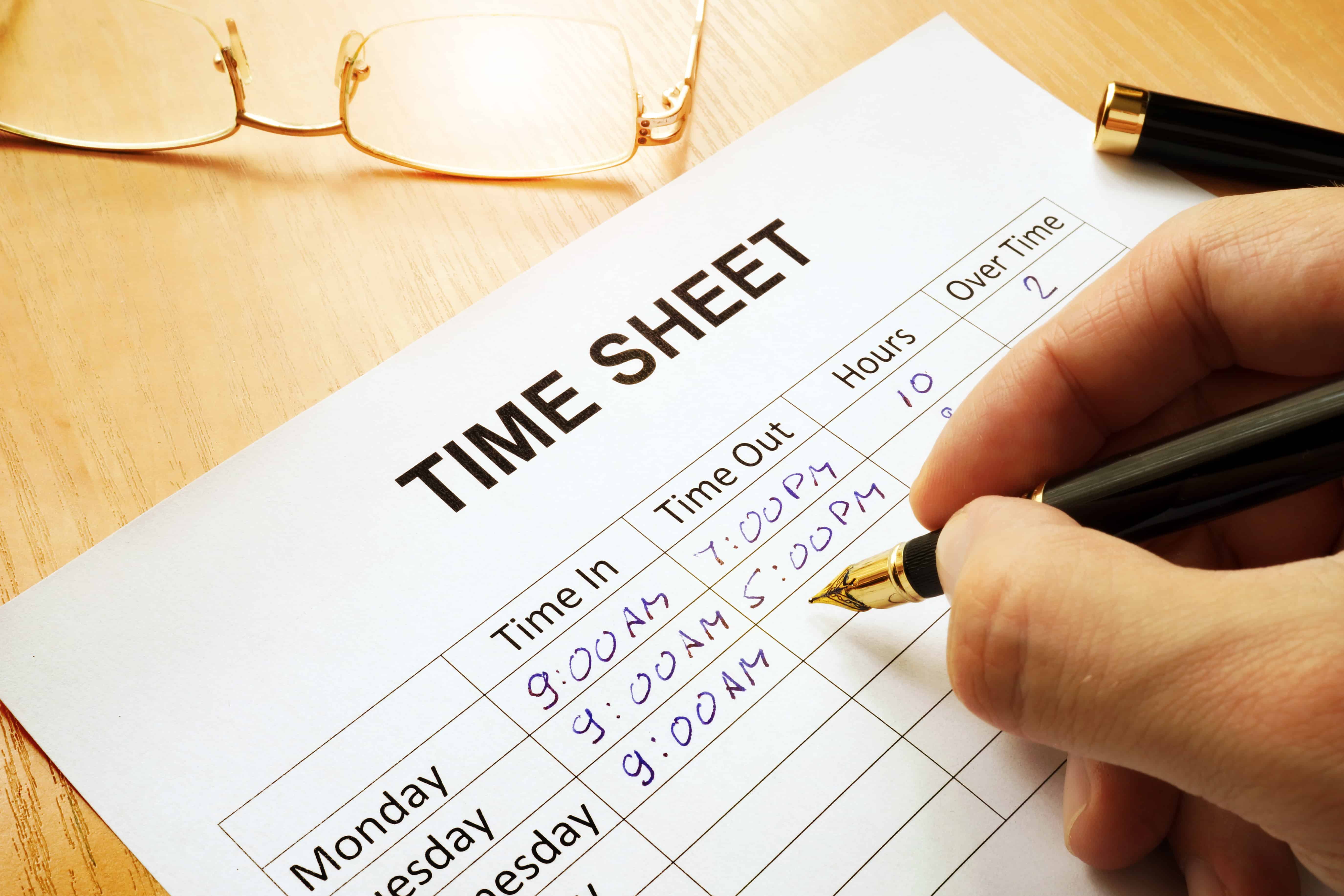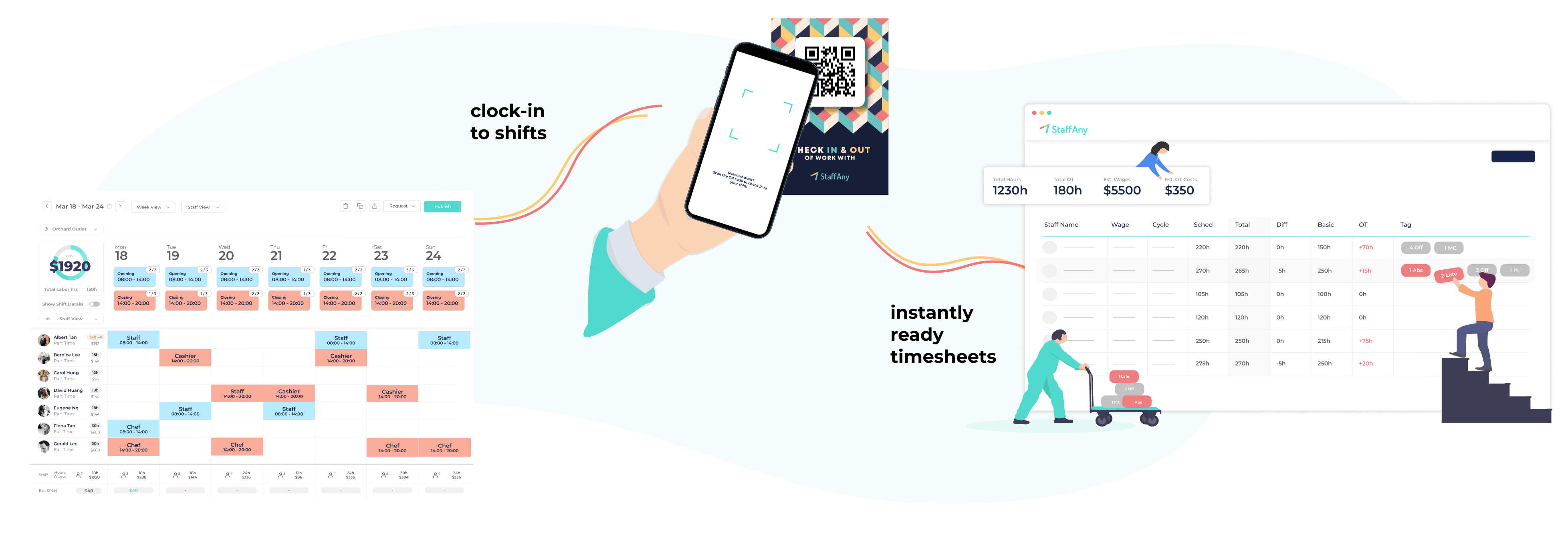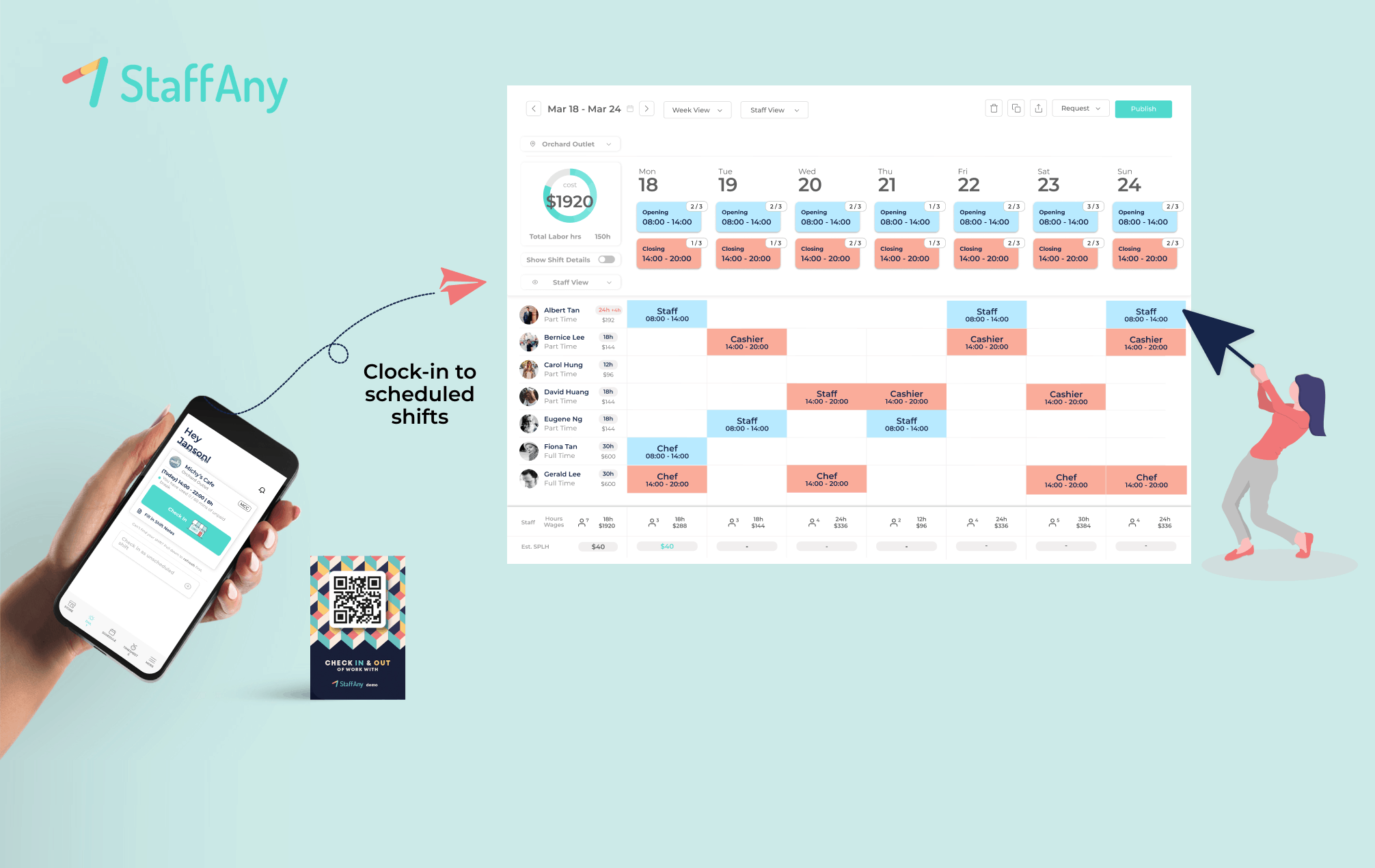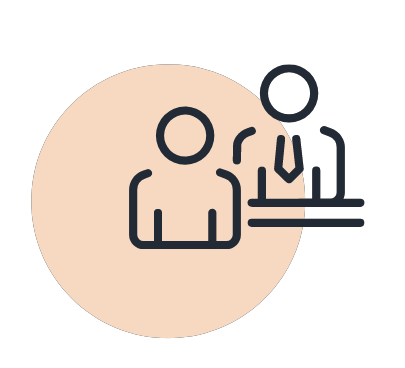3 Common Issues Business Face with Time Attendance Systems

One of the biggest headaches on hand that HR managers or business owners face must be when it comes to managing employees. Handling the business itself comes with its own problems, but handling employees only adds to the rippling problems of labor.
Many of you may come across situations like employee lateness, paying out too much overtime (OT) pay, or making wrong pay deductions, and drowning in manual work calculations when it comes to dealing with timesheets every month. There certainly must be a solution to help ease management in dealing with these on the regular, right?
To be real with you, you’re not the only one running on such problems! Tons of business owners and/or HR Directors face these clocking issues, and that explains why people are switching to better attendance systems that help them get accurate data, and also manage most of the monthly manual work.
Let’s get on with some of the issues of old-time attendance systems. Are you ready for the details?
Issue #1: Inaccurate time records, extra OT pays, high labor costs

Has this ever happened to you?
You’re reviewing the clock-in records or timesheet records for the month, but suspicions start to cloud your thoughts when you look at the hourly patterns your staff clocks in daily – are they accurate and true? Did my staff really come in at this time, and leave at that time? The only way to check the supposed hours is to review the CCTV records for that day and verify those hours, but you know this is no sustainable way for your business to keep up with staff behavior.
You would be surprised that these issues are still common in most businesses. This is because older attendance systems are not sophisticated, advanced, and hi-tech enough to keep up with these new issues. Current solutions such as punch-card (or timeclock) machines and biometrics are just a simple technology designed to let your staff clock in anytime at all.
With punch cards, it is easy for employees to write down any timing they want when there’s an absence of supervision and security. It opens a door for them to write customizable times like claiming that they came in 1 hour earlier and left 1 hour later. A total benefit for them to sneak in extra hours and earn a little more pay/allowance! Sometimes when your employees are very buddy-buddy with each other, they might even get smart and engage in a quick “buddy punching” service where they offer to help or request each other write down timings. Heard of this popular trick before? It calls for a wide worry, right?
If you compare it with the biometric system, at least you can eliminate the buddy punching service (phew!) since you would need individual fingerprints. It is probably much more secure as users won’t be able to replicate the unique fingerprints on the scanners and biometric devices. However, a missed point is that you still cannot prevent employees from coming in super early or super late on their workday to get those additional hours of pay! All this results in heavier labor costs in your small scale of employees, and it only gets more intense when your team is growing larger in size.
Issue #2: Too much manual work every month!
Businesses have a need to track staff attendance and work timings (especially if you deal with shift workers like part-timers), approve the hours, and pay them accurately based on the rates. The problem here lies with the huge amount of manual work (such as the calculation of time reports and computation of pay) it leaves you with, at the end of every month when you use inadequate attendance systems.
From a business perspective, you want to ensure that you pay your staff fairly and accurately without any pay discrepancies. Naturally, business managers spend a lot of time ensuring their pay sheets are accurate before sending them off for payroll. Most of them spend at least 3 days working on the calculations – hours worked, OT hours, OT pay, and more. If I were a manager and given the choice, I’d definitely find a system or software that supports and provides assistance with this long and complex process.
Using punch cards, business owners have to go through multiple steps just to finish a single job – which is to pay employees based on their worked hours. You would need to collect the punch cards from various outlets at the very end of the month, then transfer the data via manual entry from the punch cards to the computer. All these hours (or rather, days) spent to screen and enter employee working hours are salaried hours that cost the business money – and this includes physical resources wasted in the collection of the timesheets. Imagine saving 2 days per month – that’s practically 1 entire month per year freed up if you don’t have to manually do all these calculations anymore!
In addition to the manual process, why create extra work when in fact all this manual work which is repetitive in nature can be automated? It is so much easier to generate outputs with an automatic system than to have a person key in specific times with possible human error when updating the online report. Lots of manual work can be put to rest with the right tool and system.
Although punch card machines and fingerprint attendance systems can’t help businesses in that feature, new, modern and up-to-date innovations are now able to. You can seamlessly sync those hours clocked in by your staff, sit back and let the device work its system!
Issue #3: Trying to match records to scheduled shifts
If you’re tracking attendance so diligently, chances are that you’re in an industry where shift work is heavily involved – F&B, Retail, and Logistics are some examples.
The tiring part about this having to match the real clock-in and clock-out timings to the scheduled roster. On top of the manually matched hours, it can also be a little less friendly to stand alone when you have incredibly many shifts to glance at in a month with your mid to large scale of employees. At this rate, you’re probably wearing your eyes out to the maximum to scan and match through the records. This is definitely not something you would do every month.
Matching the records manually is not the ideal method to badge productivity in play. Eventually, you’ll learn to grow out of the hassle, leaving the traditional and outdated method by the minute and replacing it with a much more powerful time attendance system that is more versatile where it can accommodate, integrate, and give you better control over those processes (including saving your eyes!). Not only is it good for your own health but also for your business operations.
Businesses need a system that is more rigorous and able to keep up with the needs of shift-work industries. They expect and need a series of things to be in line with the way their organization works. To put our Malaysian friends/customers that work in the petrol kiosk space in quotes,
“Many HR solutions created for the 9-5 office working environment don’t meet our requirements. We’re front liners and require a system that understands shift work!”
The functionality of old-time attendance systems is not built with a combination that fits the use of current organizations. That’s why businesses love keeping their options open to switch out the use of punch-card machines to a more advanced time attendance system that will bring them to quickly reap the benefits such as helping to consolidate schedules and timesheets!
Hey – if you find yourself nodding to 2 or more of these problems, it is probably time to consider a new system for your business! One that is not only more efficient, effective, affordable, and reliable, but also one that is able to leave you flexible, so your team has more free time to devote to more important and value-adding tasks.
StaffAny serves thousands of users in the scheduling and time attendance space, with notable customers in Malaysia including Pop Meals, Juan Valdez Cafe and Petron GrandSaga.

In a nutshell…
To make it simple for you, we’ve compiled a list of factors/features businesses would want to consider when assessing a time & attendance system:
| Punch Cards | Biometrics/Fingerprint Attendance System | Mobile App | Mobile App with Scheduling & Timeheets Consolidation | |
| Capture time accurately | X | X | O | O |
| Provide you digital data | X | O | O | O |
| Automatic timesheet calculation | X | X | X | O |
| Improve staff punctuality | X | X | O | O |
| Linked to scheduled shifts | X | X | X | O |
| Prevent unnecessary overtimeOT | X | X | X | O |
| Team visibility on who is at work | X | O | O | O |
| Free from hardware fee & maintenance costs | X | X | O | O |
A simple summary of why businesses are swapping out of the time attendance system (punch card machines, biometric and fingerprint attendance systems) is the pure convenience, productivity and ease of mind they can actually enjoy.
This comes with simpler platforms that are also integrated with other key parts of the business (scheduling and timesheets). With just a few minutes on the phone, supervisors can manage their schedules, check whether employees have checked-in and even edit timesheets.
Want expert advice?
StaffAny has been in the time & attendance, timesheets, and scheduling space in the blue-collar industry since 2018. The Singapore-based company has been working with over hundreds of such companies and they are aware of the ins and outs of this industry as well as understand the multitude of concerns, settings, and needs based on the different stages of the business.


